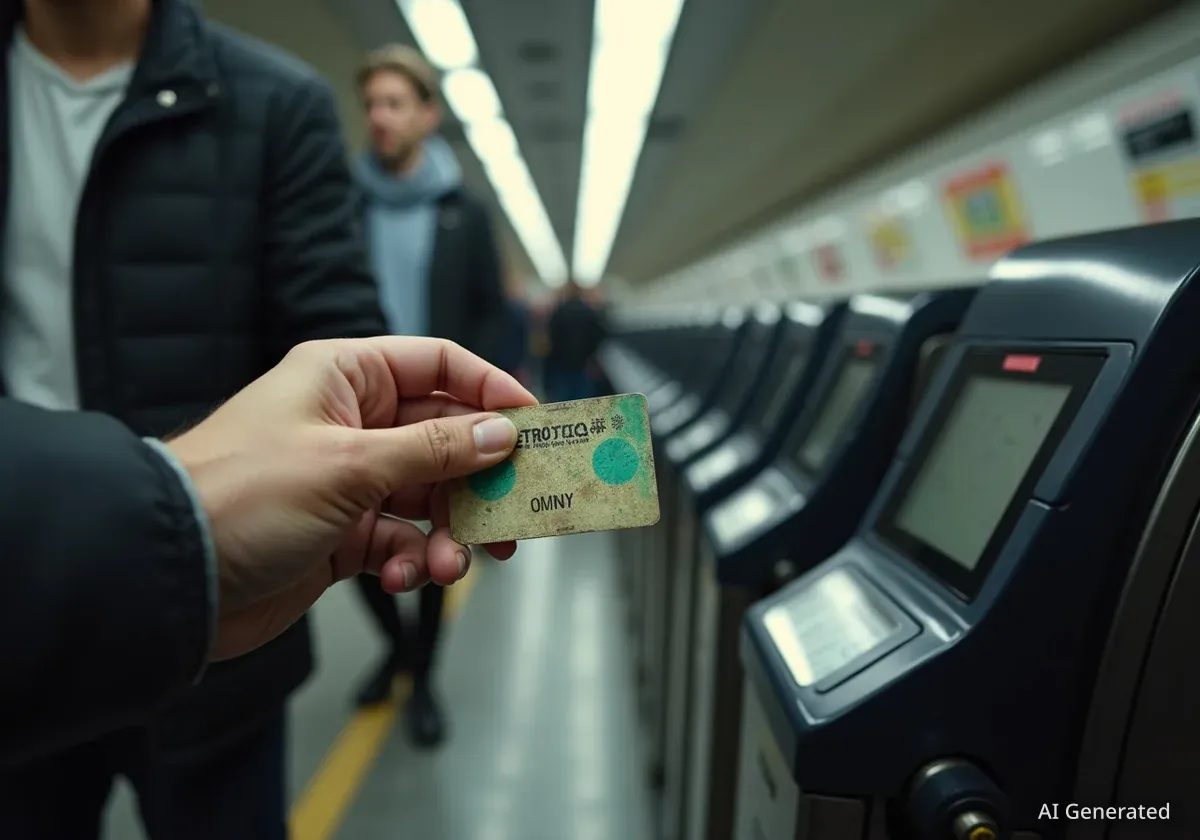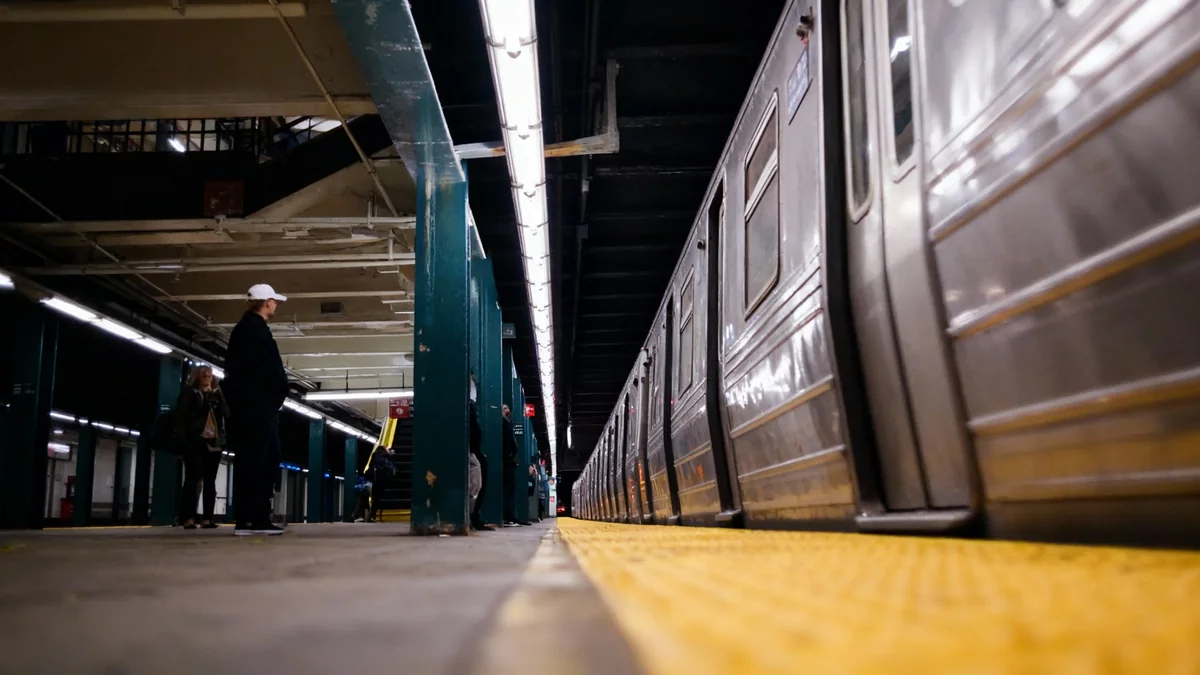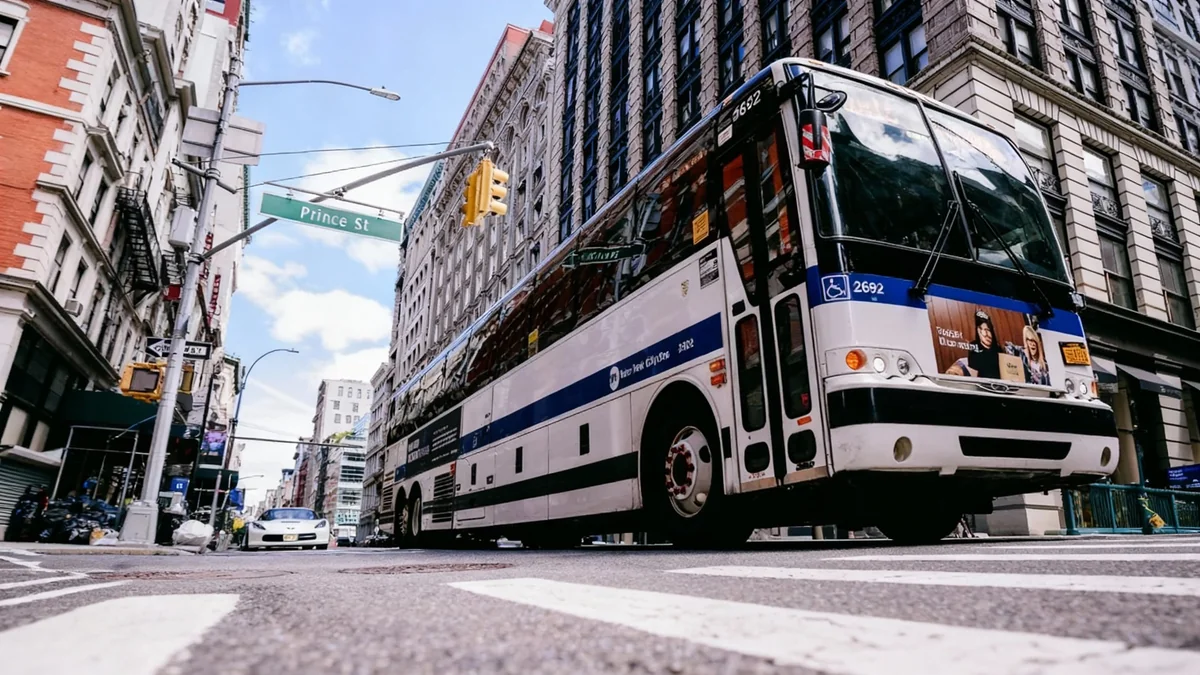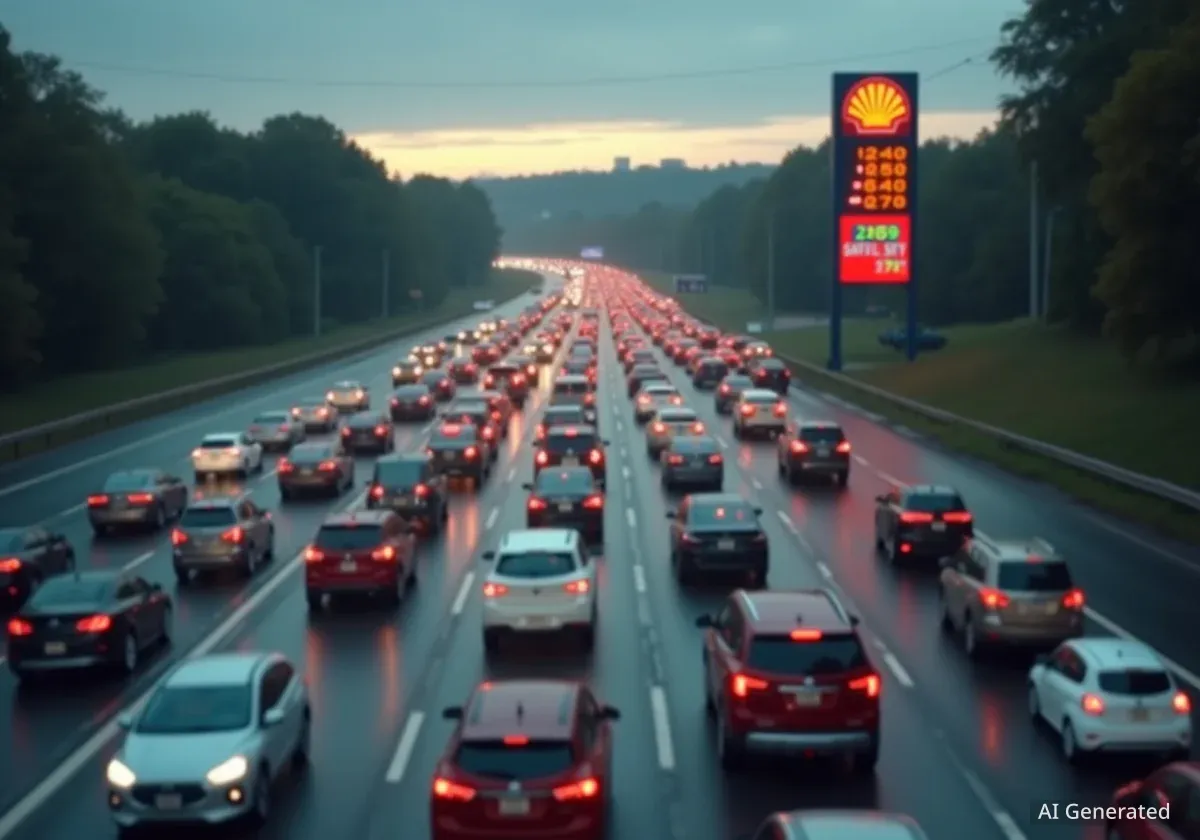The Metropolitan Transportation Authority (MTA) will stop selling MetroCards in January 2026. This move marks the end of an era for New York City's transit system. While MetroCards will still be accepted for a period after this date, the MTA plans to fully phase them out during 2026. The agency expects to achieve significant annual savings from this transition.
The shift away from MetroCards is part of a broader modernization effort. The MTA anticipates saving at least $20 million each year. These savings come from reduced costs in MetroCard production, distribution, vending machine repairs, and the handling of cash.
Key Takeaways
- MTA will stop selling MetroCards in January 2026.
- MetroCards will still be accepted throughout 2026, but will be phased out.
- The transition aims to save the MTA at least $20 million annually.
- The OMNY system is replacing MetroCards for fare payment.
- The MetroCard was first introduced in 1994, replacing transit tokens.
The End of an Era: MetroCard's History
The MetroCard has been a central part of New York City transit for decades. It first appeared in 1994. Its introduction marked a major change, replacing the metal transit token that had been used for many years. The magnetic stripe card simplified how commuters paid for access to the city's extensive subway and bus networks.
When the MetroCard launched, it quickly made transit tokens obsolete. An Advance newspaper article from 1995 noted that tokens would soon take their place "next to the buggy whip and trolley car." Transit tokens were officially discontinued in 2003, nearly a decade after the MetroCard debuted.
MetroCard Facts
- Introduced: 1994
- Replaced: Transit tokens (discontinued 2003)
- Original Cost: $700 million for transition and system
- Annual Production Cost (2014): $6 million
The initial transition to the MetroCard system was a large undertaking. It cost an estimated $700 million. The development of this new fare collection system involved more than a decade of studies, discussions, and delays. It was a significant investment for the MTA.
Early MetroCard designs featured a blue background with yellow lettering. This design was in use from 1994 to 1997. Over its lifespan, the MetroCard has also featured various limited-edition designs. These special cards often highlighted New York City's culture or celebrated local events. Examples include a 1994 card featuring the New York Rangers, who were then Stanley Cup champions, and later, a commemorative Notorious B.I.G. card.
"The MetroCard's magnetic stripe ultimately replaced the transit token from everyday use and transformed the way commuters access the city's expansive MTA system."
MetroCard's Journey on Staten Island
The MetroCard system arrived on Staten Island in April 1994. It was first implemented on the Staten Island Railway. However, buying MetroCards in the borough has often been difficult for residents. Historically, Staten Island only had three MetroCard vending machine locations: the St. George Ferry Terminal, the Tompkinsville stop of the Staten Island Railway, and the Eltingville Transit Center on the South Shore.
This limited availability meant many commuters relied on local businesses to purchase their MetroCards. Small shops like delis and gift stores became key points of sale. Residents have frequently requested more vending machines in the borough. This demand has continued as the OMNY system, the MetroCard's replacement, has been introduced.
What is OMNY?
OMNY (One Metro New York) is the MTA's new contactless fare payment system. It allows riders to pay for transit using their contactless bank cards, smartphones, or OMNY cards. The system aims to provide a faster and more convenient way to pay fares, replacing the older MetroCard technology.
The Path to Retirement
Discussions about retiring the MetroCard system have been ongoing for several years. In 2014, the MTA stated that the MetroCard system was too expensive to maintain. At that time, the MetroCard, which was 20 years old, cost the MTA around $6 million annually just for production. The agency announced plans to develop a cheaper, high-tech payment system. This new system was intended to use smartphones or bank cards and was initially expected to be in place by 2019.
After approximately eight months of research, an MTA spokesperson indicated that MetroCard swipes would eventually follow the path of subway tokens. The projected retirement date was then set for 2022. However, the full transition took longer than anticipated.
Financial Aspects of the Transition
A complete overhaul of the MTA's fare payment system and infrastructure was estimated to cost about $450 million. Despite this large upfront investment, the expected annual savings from eliminating MetroCard production and maintenance costs make the transition financially beneficial in the long term.
The MTA officially announced its decision to transition away from MetroCards in March. This announcement set the stage for the upcoming changes, with a clear timeline for the end of MetroCard sales.
Looking Ahead to 2026 and Beyond
Beginning in January 2026, the MTA will stop selling new MetroCards. While existing MetroCards will still be accepted for a period, commuters are advised to use up any remaining balances. The MTA has confirmed that leftover balances on MetroCards will be eligible for transfer or reimbursement. This option will be available for two years from the expiration date printed on the card.
Later in 2026, the MTA will completely stop accepting MetroCards for fare payment. An exact date for this final phase-out has not yet been provided by the agency. When this happens, buses will also no longer accept coins as a form of fare payment, further streamlining the payment process.
- January 2026: No new MetroCards sold.
- Throughout 2026: MetroCards accepted, but phase-out continues.
- Later 2026: MetroCards no longer accepted as fare.
- Post-2026: Buses will no longer accept coins.
This transition represents a significant step forward in modernizing New York City's public transportation. The OMNY system is designed to provide a more efficient and convenient experience for millions of daily commuters. It moves the city's transit system towards a fully digital fare collection model.





